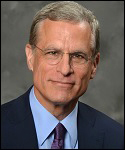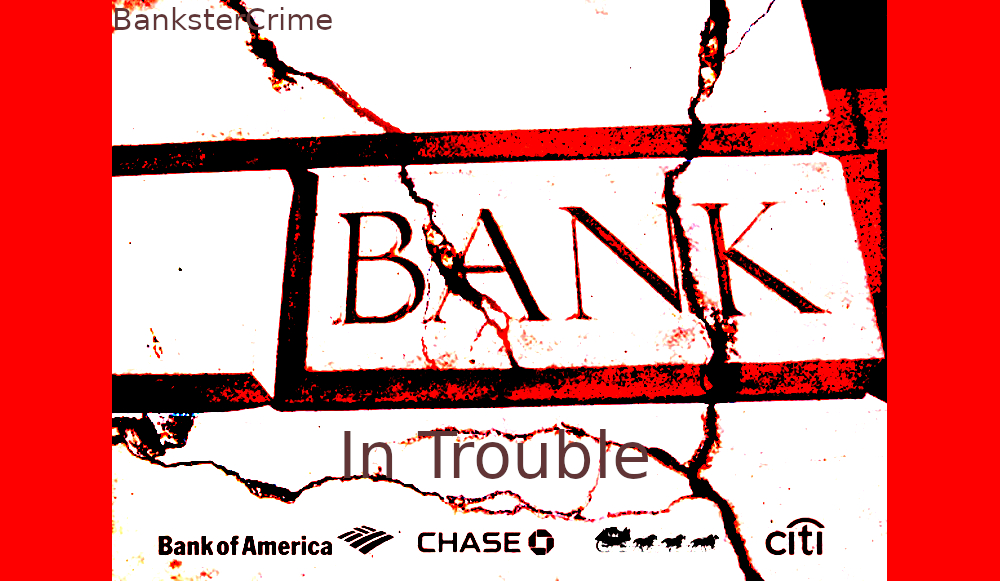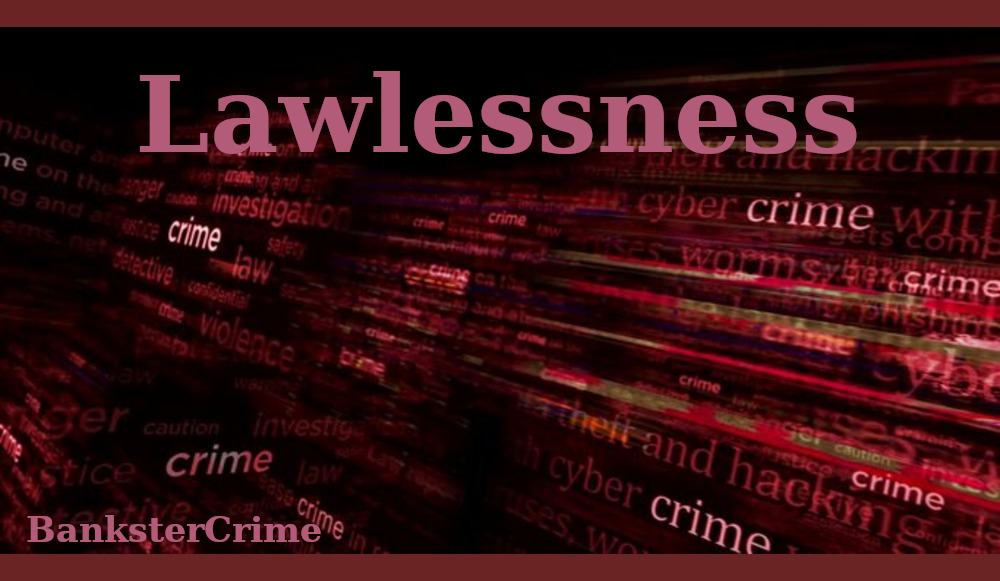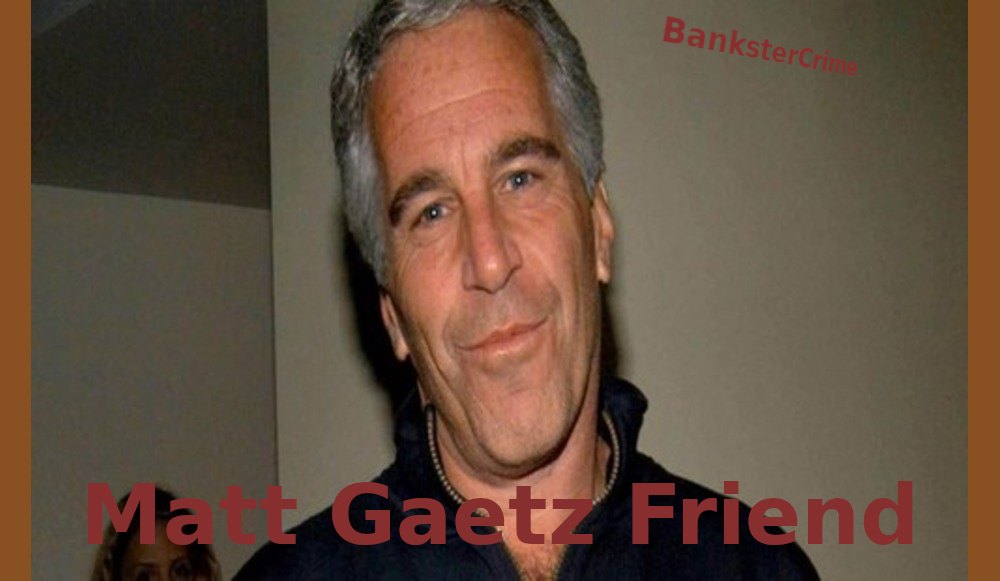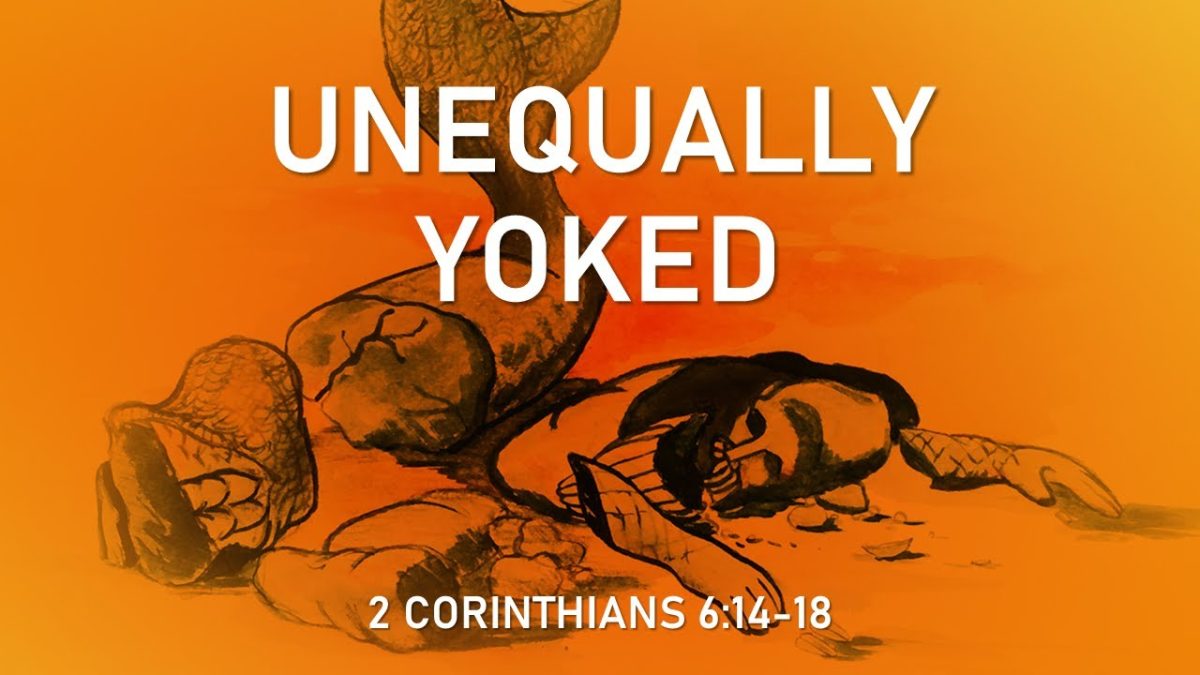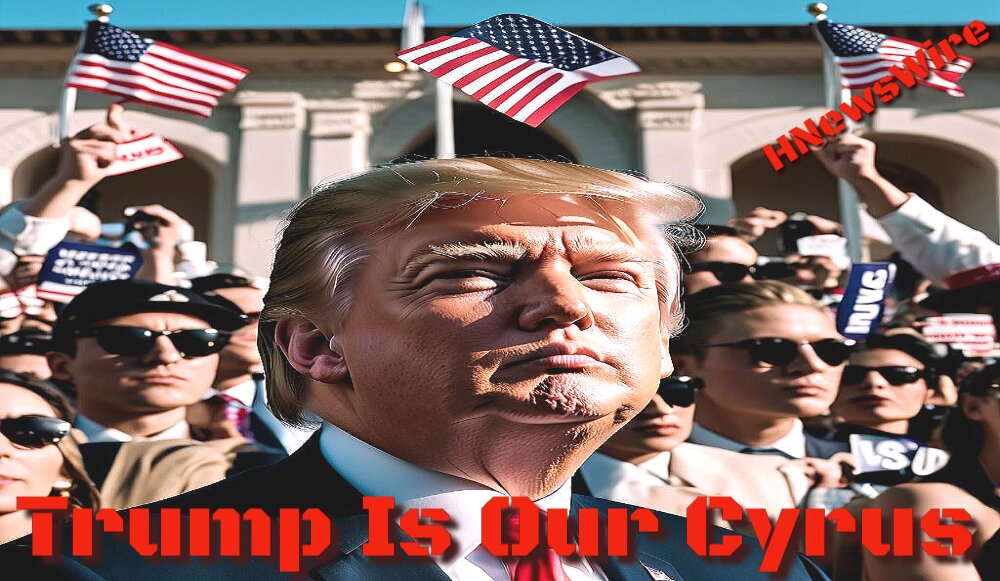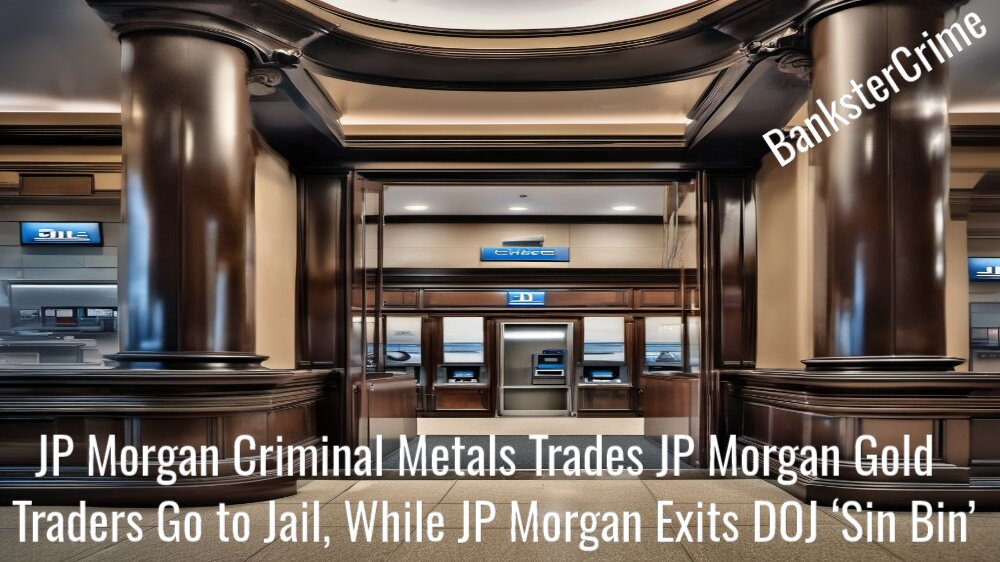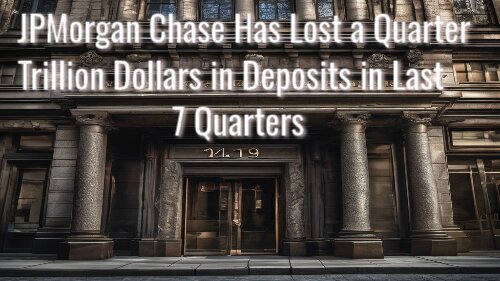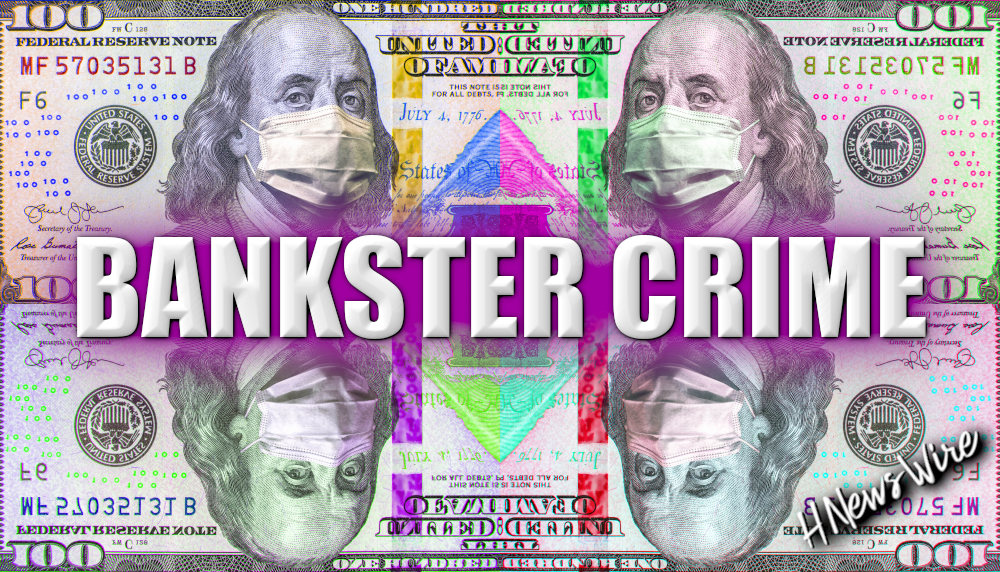After Two Years, There’s Still No Law Enforcement Report on Former Dallas Fed President Robert Kaplan’s Trading Like a Hedge Fund Kingpin

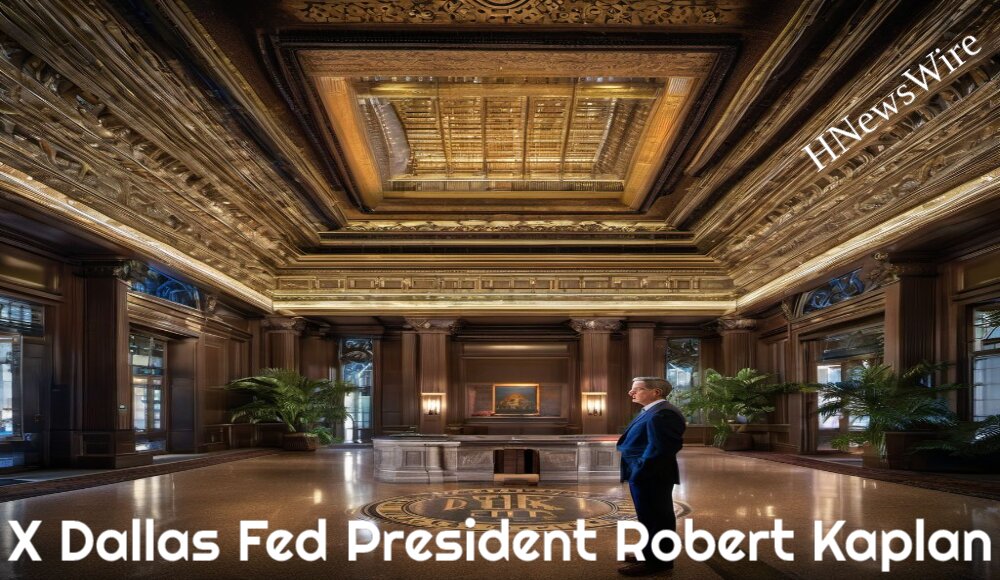
BanksterCrime:
By Pam Martens and Russ Martens: October 31, 2023 ~
To understand how truly bizarre and alarming the trading scandal case involving former Dallas Fed President Robert Kaplan is, some important background is necessary:
Kaplan didn’t just trade in and out of stocks while a voting member of the interest-rate setting committee of the Fed (known as the Federal Open Markets Committee or FOMC); Kaplan also traded in and out of $1 million+ lots of S&P 500 futures. That is astonishing; unprecedented; and lacks any viable justification for a sitting Fed official. (See Kaplan’s financial disclosure forms from 2015 through 2020 while employed at the Dallas Fed.) Kaplan resigned from the Dallas Fed in September 2021, the same month that the trading scandal went viral in the news.
S&P 500 futures allow an individual to trade almost around the clock from Sunday evening to Friday evening, unlike stock exchanges in the U.S. which are open only on weekdays from 9:30 a.m. to 4:00 p.m. ET. S&P 500 futures gave Kaplan access to making directional bets on where the market would go after the stock market closed, which is typically when the Fed makes market-moving announcements. The most popular and liquid S&P 500 futures contract is the E-mini. A trader can obtain as much as 95 percent leverage on this contract – far more than the 50 percent leverage that is available for stock trades.
Kaplan was a sophisticated Wall Street veteran who would have known how to turn inside information at the Fed into highly profitable trades. Kaplan had worked at Goldman Sachs for 22 years, rising to the rank of Vice Chairman. As such, he would have certainly understood that the type of trading he was doing while employed as President of the Dallas Fed could subject him to an investigation for insider trading. (Goldman Sachs has declined to tell Wall Street On Parade if Kaplan did his trading at Goldman Sachs. The fact that Kaplan lists proprietary products from Goldman Sachs as “GS” on his financial disclosure forms that he filed while employed at the Dallas Fed suggests that he did at least some of his trading through Goldman Sachs.)
Kaplan served as a voting-member of the FOMC during 2020 – a year of unprecedented interventions in the markets by the Fed in its effort to deal with the economic downturn from the COVID-19 pandemic. As a voting member of the FOMC, Kaplan would have had advance knowledge of the Fed’s planned interventions. Throughout 2020, the Fed made dramatic market-moving announcements of interest rate cuts, the creation of a series of emergency lending facilities and took other emergency measures. The Dow Jones Industrial Average first gyrated to a year-to-date loss of 30 percent in late March 2020 and then climbed on the Fed’s various announcements to set an all-time high in November 2020. The moves precented an opportunity for windfall profits for a nimble trader.
In 2021, the year that Kaplan’s exorbitant trading was exposed in the press, the following sentence appeared in 11 of the 12 regional Federal Reserve banks’ codes of conduct: (The Atlanta Fed had worded its statement differently but with the same overall meaning.)
“Each employee has a responsibility to the Bank and to the System to avoid conduct which places private gain above his or her duties to the Bank, which gives rise to an actual or apparent conflict of interest, or which might result in a question being raised regarding the independence of the employee’s judgment or the employee’s ability to perform the duties of his or her position satisfactorily.”
Not only was Kaplan’s trading outrageously out of bounds for a Fed official, but Kaplan went one step further. He brazenly refused to list the specific dates of his stock and S&P 500 futures trades as specifically required by the financial disclosure forms. James Hoard, part of the Communications team at the Dallas Fed, denied our and other media requests for the dates of Kaplan’s trades, thus preventing the press from doing its job. To this day, the public does not know if Kaplan was making millions of dollars of trades in S&P 500 futures, or tens of millions or hundreds of millions of dollars.
The Dallas Fed also refused our request to know if Kaplan had been shorting the market in 2020 (betting it would go down) via S&P 500 futures.
After getting the runaround from the Dallas Fed, on October 12, 2021, Wall Street On Parade filed a Freedom of Information Act (FOIA) request with the Federal Reserve Board of Governors seeking the specific dates on which Kaplan had made purchases and sales in S&P 500 futures contracts in 2020. According to Kaplan’s financial disclosure forms, he had made “multiple” transactions of over $1 million in S&P 500 futures during 2020.
The Fed’s official financial disclosure forms instructed filers to provide the “month, day, year” for each purchase and each sale of securities. In 2020, every other Fed Bank President followed those instructions. But not Kaplan. Throughout his tenure at the Dallas Fed, Kaplan listed only the word “multiple” where the specific date should have appeared on the form.
On October 22, 2021 we received the following response from Margaret McCloskey Shanks, the Deputy Secretary of the Federal Reserve Board of Governors who serves in the dual role of Chief FOIA Officer for the Fed:
“I have determined to grant your request for expedited processing in light of the fact that the topic of your request concerns a matter that has recently been the subject of news reporting. Accordingly, your request will be accorded priority treatment and processed as soon as practicable. By granting expedited treatment, your request will be processed ahead of other FOIA requests.”
On November 9, 2021 we received a very strange communication, not from Margaret McCloskey Shanks, the Chief FOIA Officer for the Fed, but from the “Information Disclosure Section” of the “Board of Governors of the Federal Reserve System.” The letter informed us that:
“Pursuant to section (a)(6)(B)(i) of the FOIA, we are extending the period for our response until November 24, 2021, in order to consult with two or more components of the Board having a substantial interest in the determination of the request.”
Why should “two or more components of the Board” have a “substantial interest in the determination” of our request? Shouldn’t the Federal Reserve Board of Governors have to follow FOIA law and turn over documents that are legally owed to the American public?
On December 8, 2021 we received an emailed letter from Margaret McCloskey Shanks, informing us as follows:
“Staff searched Board records and consulted with knowledgeable staff but did not locate any documents responsive to your request.”
There are only two ways to interpret the above: either the Fed Board of Governors was incompetent in supervising Fed Bank Presidents or it was lying to the American people.
Another front for a formal investigation of Kaplan is that he was not only sitting on market-moving information as a voting member of the FOMC in 2020, he was also making bold, market-moving comments himself on television news programs.
Kaplan gave a total of 68 interviews with the media in 2020, an eyebrow raising number for a man also trading in S&P 500 futures.
Twice in the span of six days in May of 2020, Kaplan predicted that unemployment was going to surge to 20 percent. That’s a very bold and very bearish call. According to the Congressional Research Service, the maximum unemployment rate in 2020 topped out at 14.8 percent in April.
Kaplan made the 20 percent unemployment prediction on Fox Business with Maria Bartiromo on May 1. When the interview started, around 8:34 a.m. ET, Dow Futures were down 450 points. By the time Kaplan finished speaking, Dow Futures had dropped another 10 points. You can watch the program here. In addition to the 20 percent unemployment prediction, Kaplan also described the economic outlook in the interview as an “historic contraction,” “very severe,” and noted that the consumer (which represents two-thirds of GDP growth in the U.S.) had “suffered a body blow.” Throwing a little more anxiety into viewers’ minds, Kaplan predicted disinflation for both 2020 and 2021.
Five days later, on May 6, Kaplan repeated the 20 percent unemployment prediction in an interview on Yahoo! Finance. You can read the video transcript here.
Kaplan was also trading in and out of oil stocks in 2020, including shares of Chevron, Marathon Petroleum, Occidental Petroleum and Valero Energy. According to Kaplan’s financial disclosure form for 2020, he made “multiple” trades in each of these oil stocks in sums of “over $1 million.”
On May 28, 2020, Kaplan gave an interview to Reuters news wire which generated a headline that he was predicting “a global oil glut lasting well into 2021.” He also made the bearish comment in the interview that many smaller firms and those with lots of debt may not survive.
West Texas Intermediate (WTI), the U.S. domestic crude oil that trades, had collapsed from a price of $60 a barrel at the beginning of 2020 to a range of $30 at the time of the Reuters’ interview with Kaplan. Calling for a “global oil glut lasting well into 2021” was not a bullish call for the oil fields in Texas. WTI actually bounced back to its $60 handle in early April of 2021. It closed out 2021 at more than $70 per barrel.
Because of the numerous bearish calls that Kaplan made to the media in 2020; given his unprecedented trading activity; given his failure to report the dates of his trades as required by the rules of the Fed banks; and given the Dallas Fed’s refusal to say if Kaplan was shorting markets, a criminal investigation by the U.S. Department of Justice was called for.
Instead, the Fed referred the investigation on October 4, 2021 to the Federal Reserve Board’s own Inspector General, Mark Bialek, who is appointed by the Chair of the Fed, reports to the Fed Board (including the Chair) and can be fired by a two-thirds vote of the Fed Board. There has been no official report on Kaplan’s trading since that investigation started, other than Bialek stating that his investigation continues.
Bialek was appointed to his position by Fed Chair Ben Bernanke in 2011, just four days after an explosive audit of the Fed’s emergency bailout programs during and after the 2008 financial crisis was released by the Government Accountability Office (GAO). That audit showed that the Fed had secretly funneled more than $16 trillion in cumulative loans to the mega banks on Wall Street and their foreign derivative counterparties from December 2007 to at least July of 2010. A statement from Senator Bernie Sanders’ office at the time included the following:
“The Fed outsourced virtually all of the operations of their emergency lending programs to private contractors like JP Morgan Chase, Morgan Stanley, and Wells Fargo. The same firms also received trillions of dollars in Fed loans at near-zero interest rates. Altogether some two-thirds of the contracts that the Fed awarded to manage its emergency lending programs were no-bid contracts. Morgan Stanley was given the largest no-bid contract worth $108.4 million to help manage the Fed bailout of AIG.”
Bialek appeared as a witness at the May 17, 2023 Senate Banking Subcommittee on Economic Policy hearing. Senator Elizabeth Warren, Chair of the Subcommittee, showed her exasperation with Bialek’s stonewalling on the Fed’s trading scandal investigation, stating as follows:
“You have had a year and a half. You did not call out the trades that we can see. Let us just put it this way, this is not strong oversight. In fact, it is not even competent oversight. It looks like, to anyone in the public, that you gave your boss a free pass, and that’s just not gonna cut it here. And even today, a year and a half later, the Fed continues to stonewall Congress, stonewall the public, on the underlying information about these trades. This is not acceptable. This is why we are pushing for an independent IG.”
Kaplan triggered the worst trading scandal in the then 108-year history of the Fed. Newspapers around the world carried the story, bringing reputational damage to the U.S. central bank. Editorial boards of newspapers across the U.S. chastised the Fed for having such flimsy oversight of its officials.
And yet, here we are more than two years later with no investigative findings about Kaplan’s trading from Bialek, from the Justice Department, from the SEC, or from Congress.
Instead, Kaplan is running about giving damage-control media interviews and yucking it up with CNBC hosts as if his record is spotless and he is still an important Fed voice to be heard.
Related Article:
Revelation: A Blueprint for the Great Tribulation


A Watchman Is Awakened


Will Putin Fulfill Biblical Prophecy and Attack Israel?

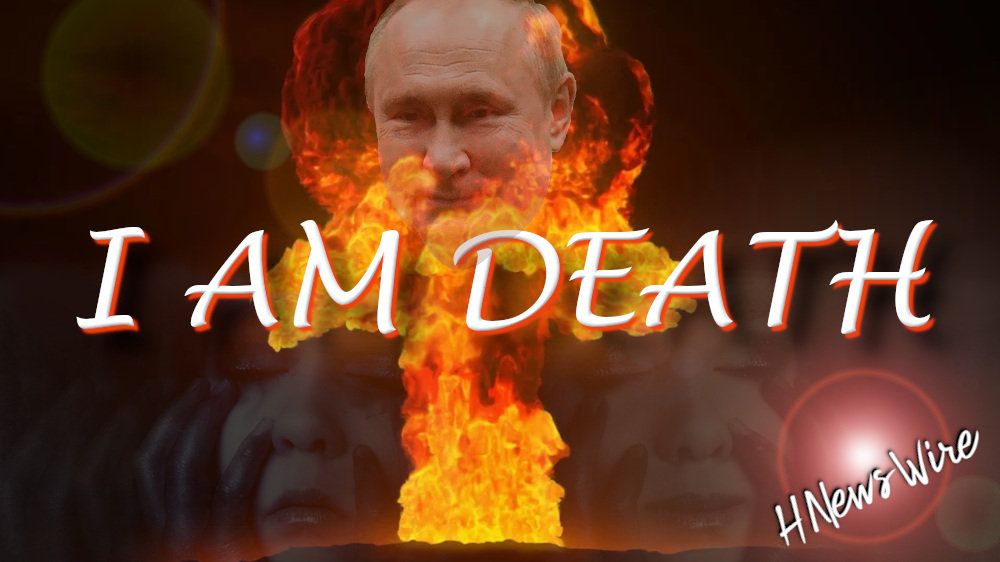

Newsletter
Orphans

Editor's Bio

